A magnificent wooden car
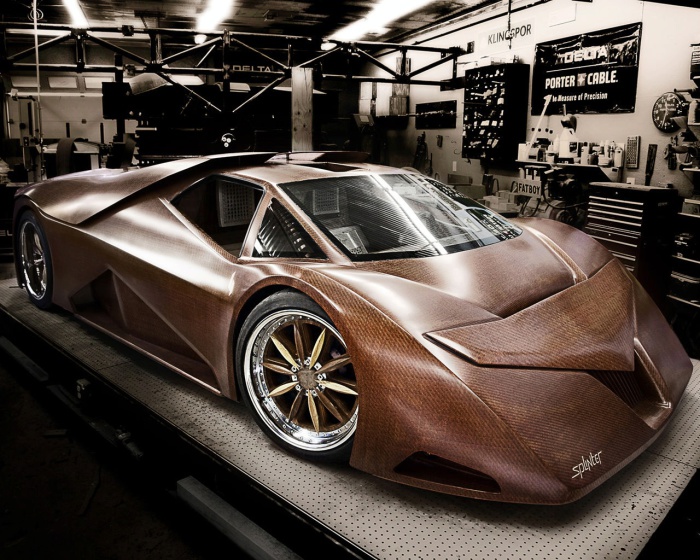
It’s tough to shock someone with a stylish and pricey ferrari, mostly because such ”creatures” are out of reach for most individuals. There is one sports car, though, that can shock you, even if it is not for sale right now.
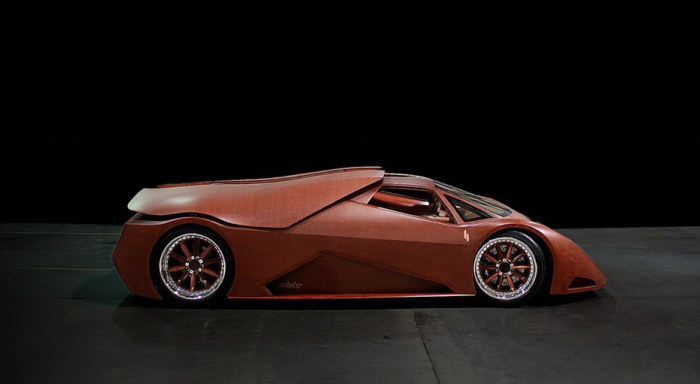
Wood was once a commonly utilized substance in the automobile industry. The original automobiles were almost completely constructed of wood. Only the engine and a few other control system components were made from steel. Steel, on the other hand, has supplanted wood as a more expense, durable, and safe substance over time. As a result, an eager engineer named Joe Harmon set out to design the first wooden sports vehicle, which would also be a filled car rather than a ”cosmetic feature.”
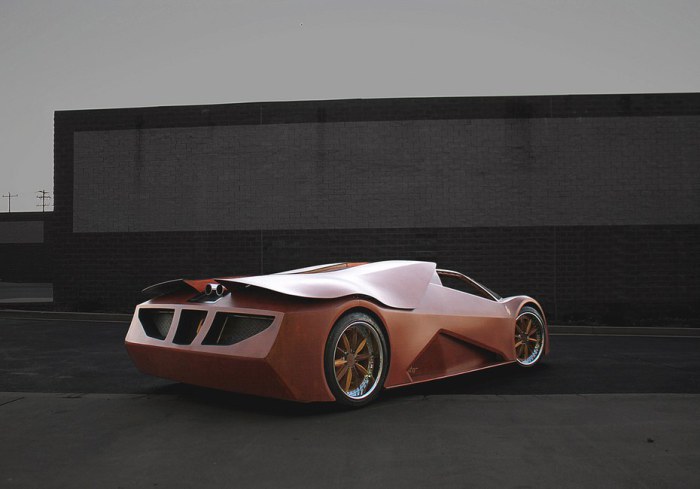
The concept of building a wooden automobile did not appear from nowhere. While he was an undergraduate, the architect had a wish to develop something comparable, according to him. According to Harmon, the British De Havilland Mosquito multi – role aircraft of WWII were always an inspiration to him in this sense. Because these aircraft were nearly completely built of wood, they were practically radar-invisible. Steel was used just for the motor, weaponry, and a few other components.
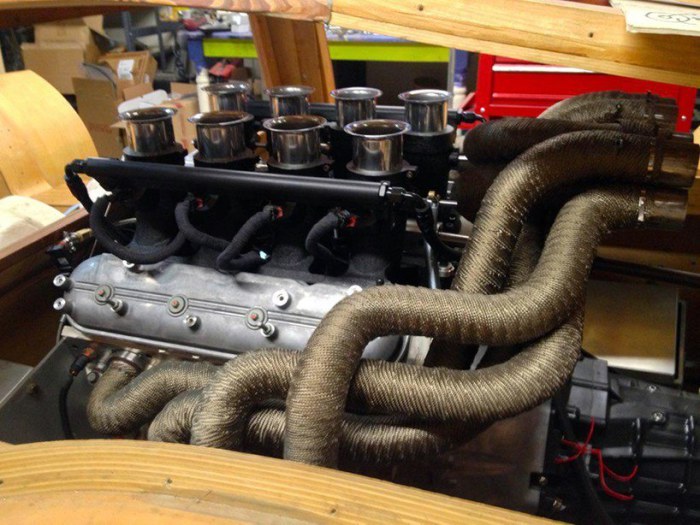
Splinter was the name given to the wooden supercar concept. Wood composite materials make up the car’s body, components, and even wheels. The use of plywood from several types of wood allowed for the creation of curved curves in the architecture. The majority of the materials utilized in the building were oak, walnut, cherries, and bamboo. Every wheel was made up of 275 separate wood components. On the engine front, the Chevrolet LS7 was chosen to power the Splinter.
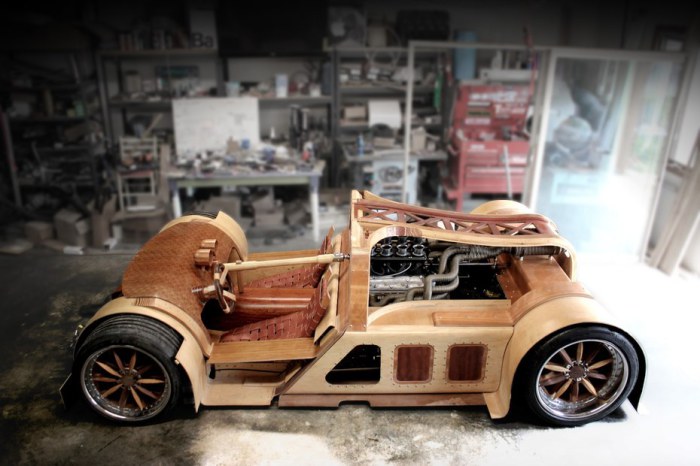
The machine’s low weight – only 1,360 kg in its present condition – is intriguing, as it exceeds aluminum and steel machines in terms of quality. Splinter can potentially reach speeds of 386 km/h, but because to the object’s ”fragile nature” and the fire danger, such experiments will never be taken out. Joe Harmon worked on the project for 5 years. To date, only one replica of the car remains, and it is completely functional.
To be honest, Splinter isn’t the only ”amazing” automobile. Toyota engineers had previously built a working example of a cardboard Lexus and test-driven it.
Source: Novate





